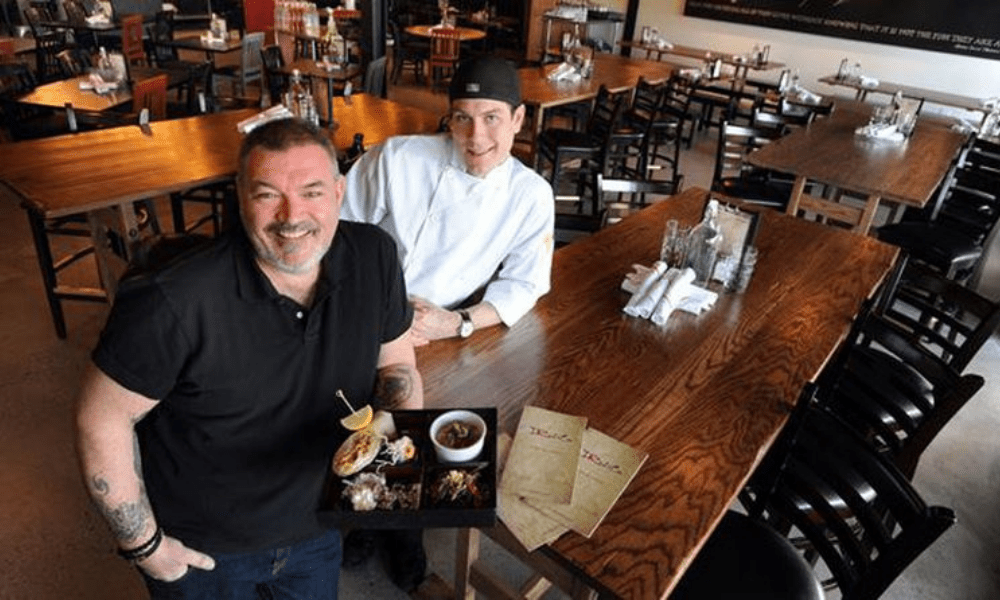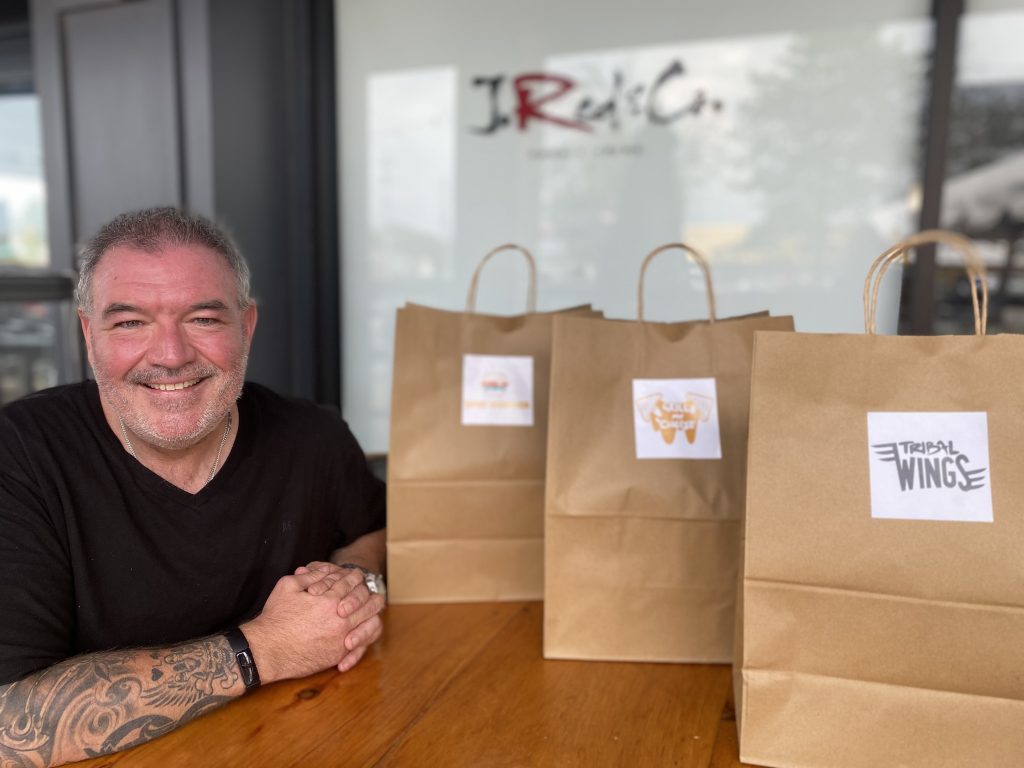How one operator earned an additional $20,000 in a month by adding a virtual restaurant to his existing kitchen
A cliche at this point, it goes without saying that restaurants were forced to pivot during the pandemic, and for many of them, this meant adoption of technology. Operators explored contactless payment options, restaurants like Box’d in Toronto offered an entirely digital ordering experience, and many jumped into the virtual kitchen trend. With indoor dining shut down for hundreds of days in numerous provinces, delivery became a lifeline for restaurants, and venturing into new revenue streams with virtual, or ghost, kitchens was a way for operators to earn additional income at a time when capacity was limited, or even nonexistent.
For some, this might be licensing out your brand to a ghost kitchen partner. Take, for example, brands like The Cheesecake Factory or Cinnabon that have collaborated with Ghost Kitchen Brands to offer delivery to consumers through the virtual kitchen. Other brands have created ‘a brand within a brand’, so to speak. Like Ghost Pizza Delivery from Bar Poet in Toronto who exclusively offers up a menu of their well-liked pizza and nothing else through third-party services like Uber Eats. Kraft has even gotten in the ghost kitchen game with K57 – a virtual restaurant that offers up comfort foods made with Kraft products.
Ghost kitchens are an attractive option for operators who may wish to quickly turn around an idea or test a concept without investing in the space. And – they can be lucrative. However, not all operators have the time or expertise to develop a new concept, future out a marketing strategy, or train their staff on a new menu.
This was the case for Jason Rosso, partner and general manager at J Red & Co in Brampton. “I run an experiential restaurant with live music and a 300 person dining room. My menu, my food, and my brand were never designed for delivery,” explains Jason. So a ‘plug and play’ designed virtual restaurant brand that he could seamlessly integrate into his existing business sounded like a great option for him. Enter Forage Virtual Restaurants.
“The way people order food has changed, especially since the pandemic. Delivery platforms have revolutionized how we crave, seek out, and order food to our doors,” says Denny Downie, founder of Forage. Forage Virtual Restaurants creates on-trend, socially-savvy, branded food concepts, designed to be prepared in just about any commercial kitchen. “We provide you the tech, the training and handle the marketing & promotions that will drive demand and generate profit for your business,” adds Denny.

Forage has three concepts that they bring into qualified businesses that they work with: Tribal Wings, Epic Burger, and Grill My Cheese. Forage brings these three fully-formed brands to you, in addition to the necessary tech, delivery services, training, marketing, and support. As an operator, all Jason had to supply was his existing kitchen and staff.
The decision to work with Forage was easy for Jason who says: “The restaurant business is a narrow margin business, so anytime you can find a new revenue stream it’s a bonus. Many alternative revenue streams like catering and office lunches disappeared during COVID, so I was looking for creative, low-cost ways to generate additional sales. Adding a virtual restaurant to my business was something I had thought about, and the Forage model made the whole thing turnkey and simple.” He adds: “The great thing about Forage Virtual Restaurants is that the menus and brands they’ve created are 100% meant for delivery. Forage takes all of the complexity out of running virtual restaurants. My staff just have to focus on fulfilling orders as they come in, and the Forage team takes care of everything else.”
Jason details how the onboarding process works, stating that, “the Forage team set us up with training and simple menu spec guides. After a few days, our staff was very familiar with the menus and fulfilling orders became routine behaviour. The Forage team was also able to provide guidance on inventory, order volumes, and kitchen set up to make the transition as smooth as possible.”
The entire process took two weeks and Jason says he was surprised with the minimal amount of new items that they had to bring in to execute Forage’s menus. “We already had many of the items in-house and were able to add three virtual restaurant brands with less than 25 new items.”

With an existing set up, adding on the layer of a virtual kitchen means that you are optimizing your space. Denny says, “You’re already paying for the fixed costs of staff, property lease, and equipment. Adding a Forage brand to your kitchen allows you to accelerate your sales without increasing any of your fixed costs. There are zero up-front costs required and you receive 55 per cent of the gross sales.”
After implementing the Forage Virtual Restaurants, Jason found that the orders started coming in quickly. He says, “the first day we turned on the Forage tablet we had orders coming in and we fulfilled more than 100 orders in our first week.”
In the first month of operating with Forage, Jason added an additional 394 orders to his existing kitchen and generated more than $11,000 in incremental revenue! Impressively, this has only grown. “I did more than $20,000 in additional sales last month through Forage’s virtual restaurants,” says Jason. “It’s difficult to find new sales opportunities that don’t require up-front investments. Forage allows you to create a new profitable revenue stream without any start-up costs.”
Interested in learning more about Forage?
Head over to https://www.foragebrands.com/ or reach out to denny@foragebrands.com.










Thanks for the post.
Need some information for virtual Restaurant